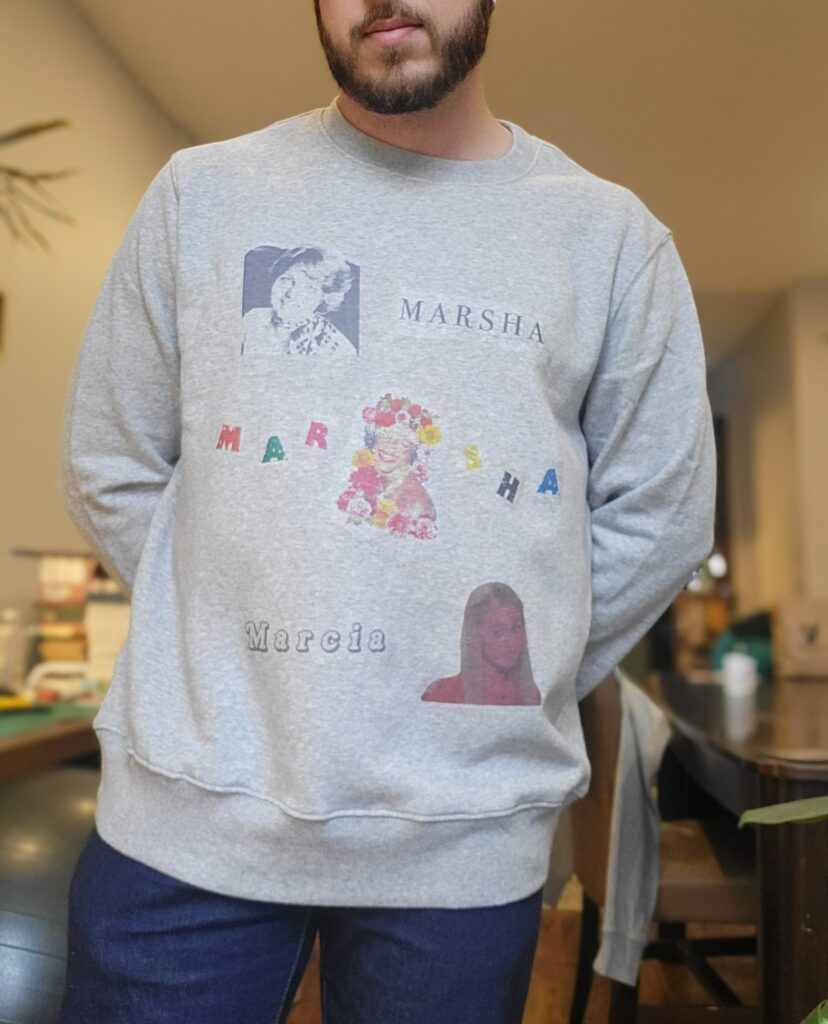A Personal Reflection On Therapy & Creative Expression (Part I – You Are Here)
An Exploration Of Ongoing Work In UXD & Generative A.I. (Part II – Read More)
A 5-Step Plan For Addressing The Logic Of The Impostor Using Behavioural Therapy Techniques (Part III – Read More)
Table of Contents
"Therapy"
One thing I am enormously grateful for in the case of my therapy experience:
Structure.
For over a decade, I seemed to have some surface level awareness of what therapy was and how it could help me. It wasn’t until I began the first weeks of DBT that the variety, richness and depth of what “therapy” is became evident. Over the course of the next several weeks, I began consuming a wide variety of podcasts on the topic.
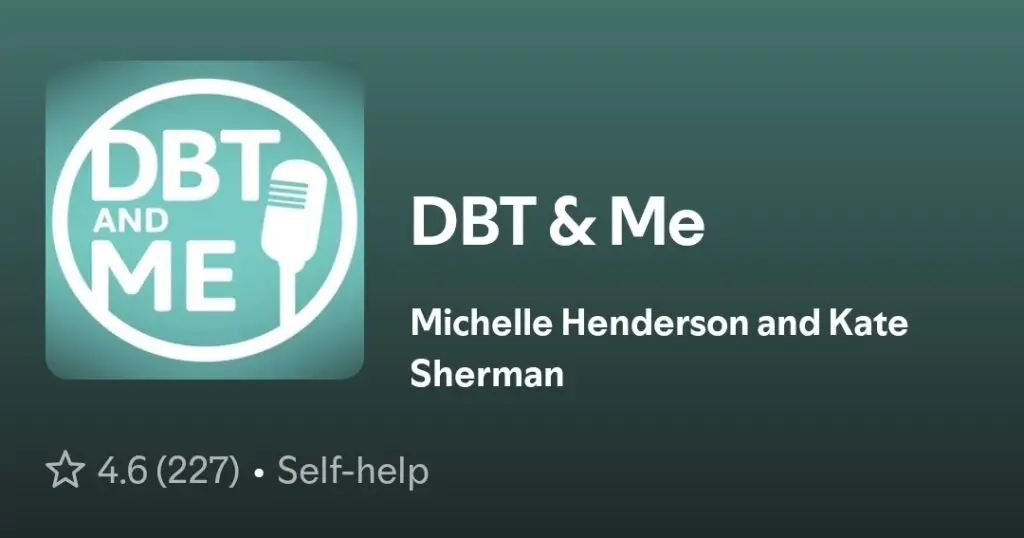
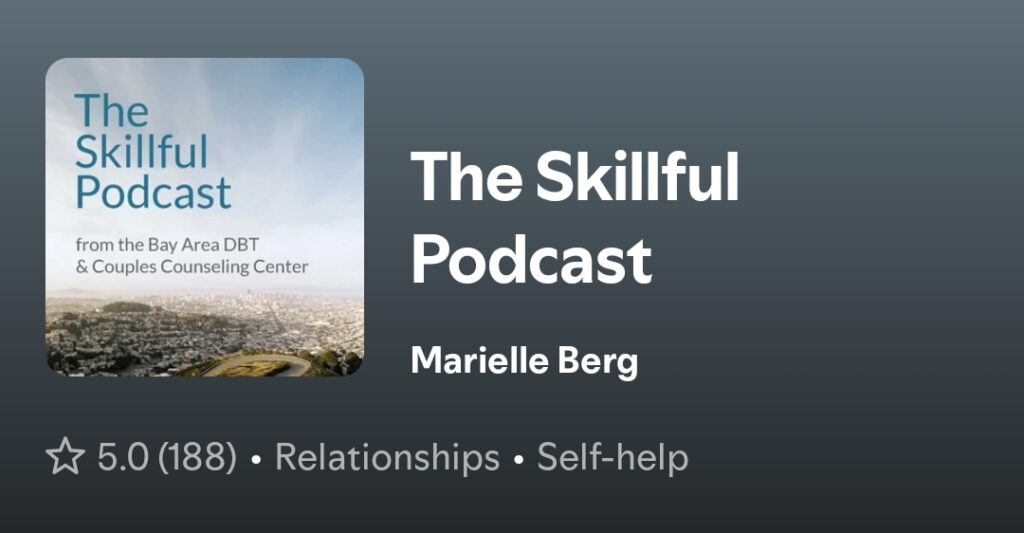
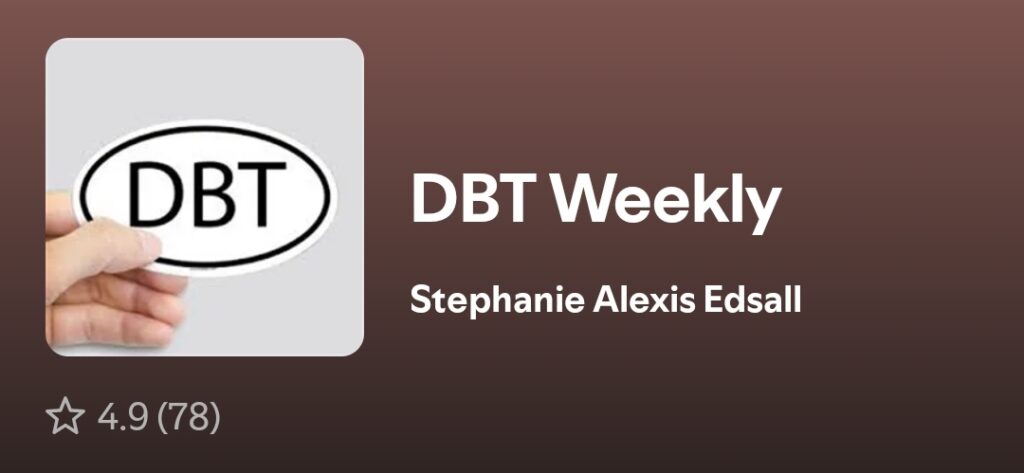



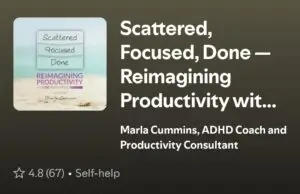
Podcasts I've consumed on the topics of DBT, ADHD, Trauma and Recovery.
There are a large variety of therapeutic approaches. In typical one-to-one therapy, a client may approach a clinician without really knowing exactly what they need. Psychotherapists will employ a combination of therapeutic strategies to learn about their client and tailor a suite of skills to the individual. We refer to this as psychodynamic psychotherapy.
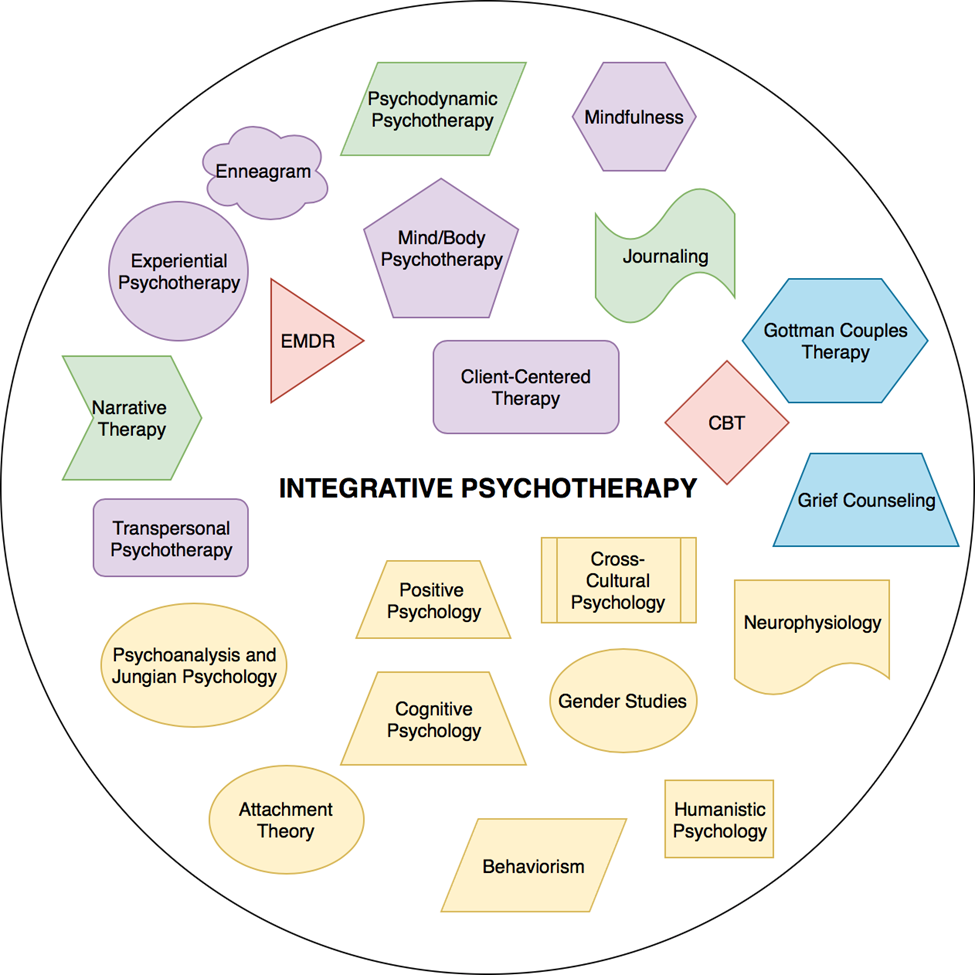
A diagram of psychoanalytic and therapeutic models orbiting around the concept of "Integrative Psychotherapy"
Dialectical Behaviour Therapy and Cognitive Processing Therapy are both categorized as practice-based therapies:
The activities and routines they prescribe are reinforced via repetition, and completed during the time in-between therapy sessions as we actively live our lives.
DBT & CPT: Theories, treatment models
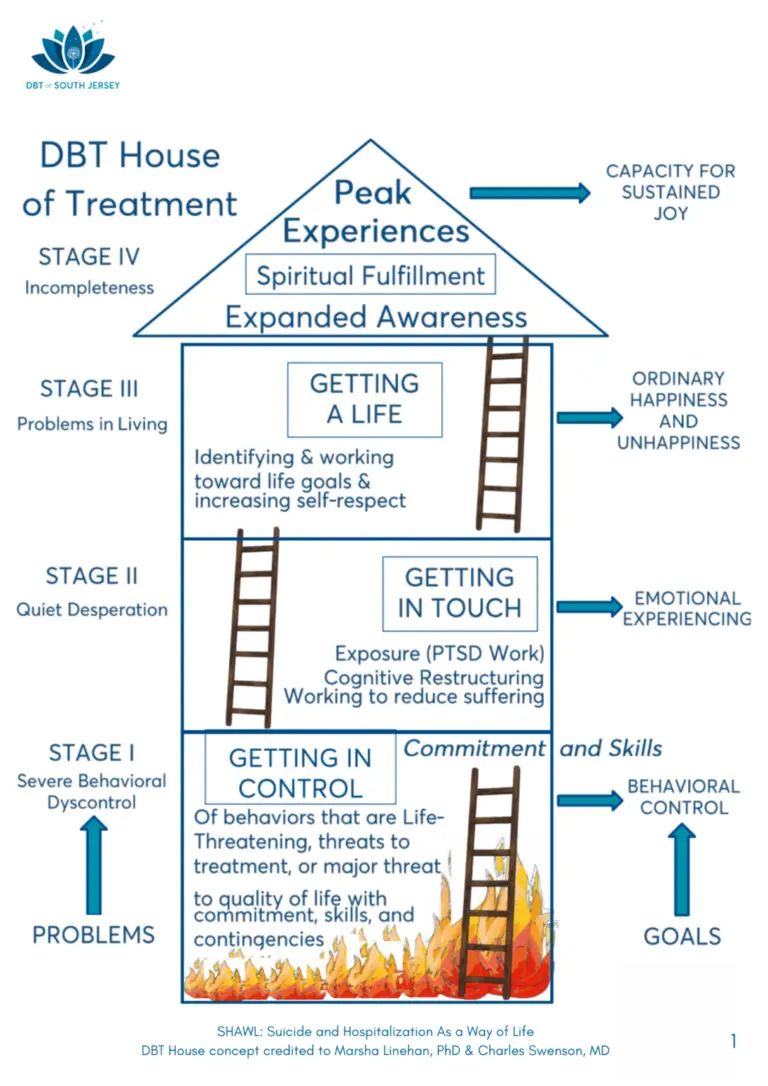
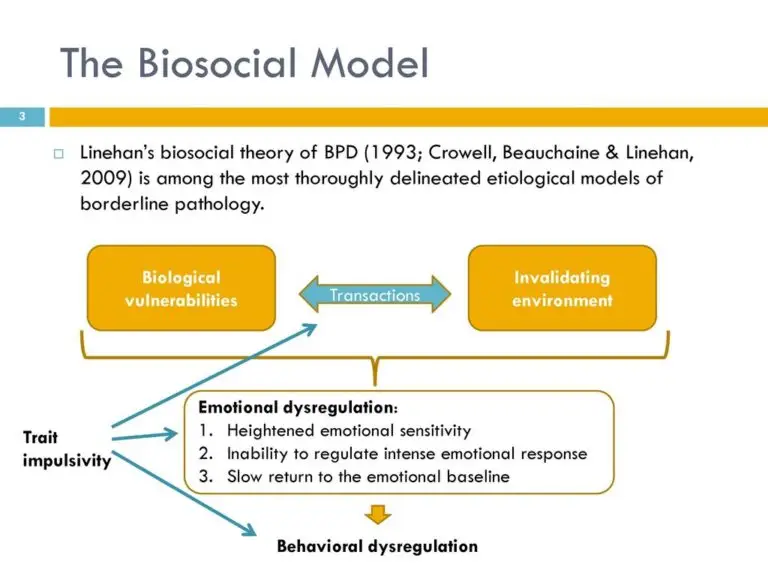
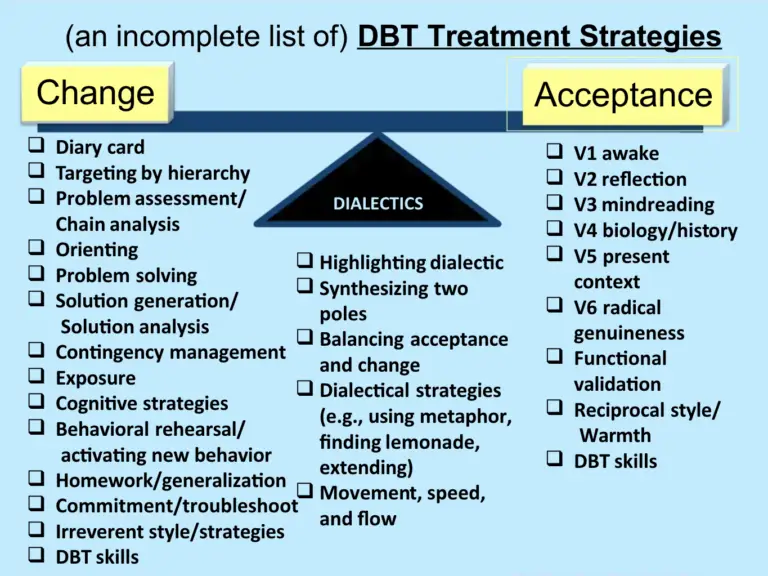
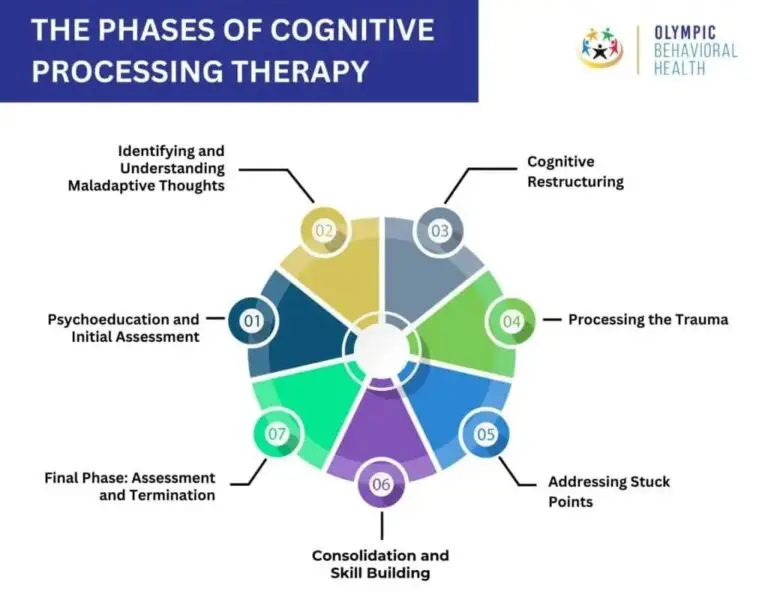
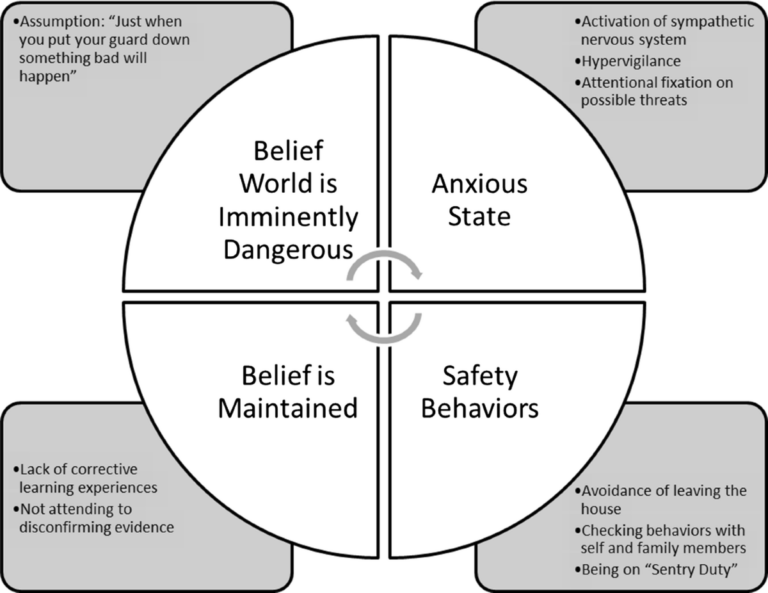
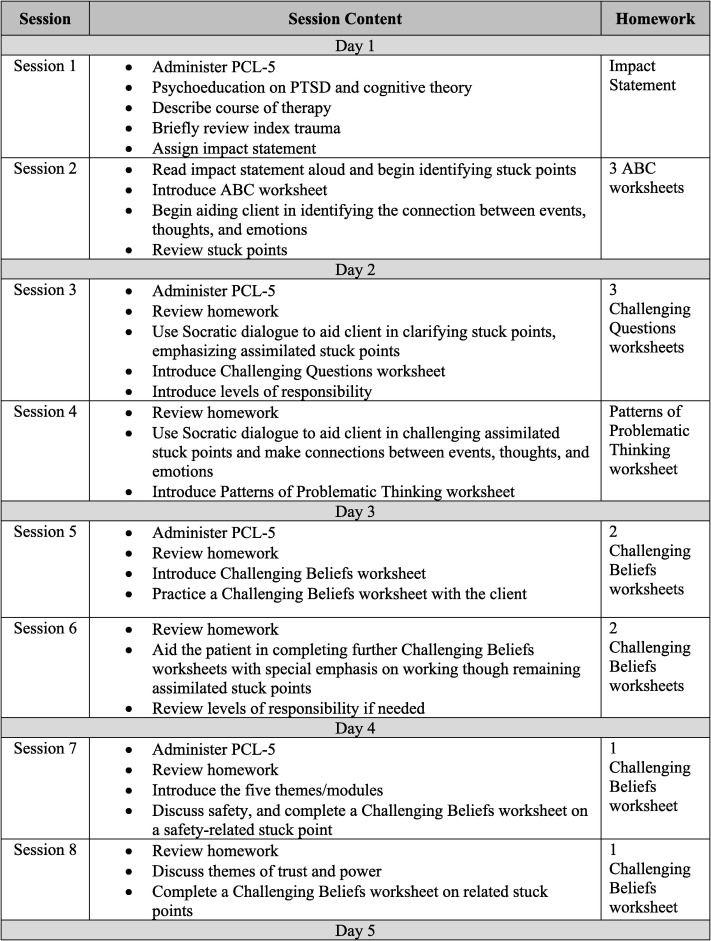
DBT House of Treatment Diagram, DBT Biosocial Model, DBT Change VS Acceptance Skills, CPT Phases Diagram, Core Beliefs Model, CPT Example Itinerary
These therapies and their theoretical models provide scaffolding so that we can understand and name the qualities of our experiences, and use that knowledge to pursue change.
The aim is to help us improve quality of life through understanding the nervous system, understanding our thoughts and core beliefs, and developing the skills necessary to cope with overwhelming negative life experiences that may still be affecting us even though the original danger may have passed a long time ago.
Much like UX design, we practice and internalize the methods in DBT and CPT by deploying structured processes. We document and problem-solve using a systematized science of socratic evaluation and validation.
The Whirlwind Act Of Creation
The initial visual artefact I created when the idea for a DBT-focused app occurred to me is an activity in my design process that I refer to as:
The Whirlwind Act of Creation (WAOC)
The initial WAOC leads us to click-dragging together that first high-fidelity mock-up in the initial three-to-five hours of the life of an idea. The deeper research that follows over more extended periods of time and focus on the problem is the real journey of the human mind; we uncover solutions which are more effective and more innovative for tackling large and complex problems that currently define the experiences that we aim to address through our research and design.
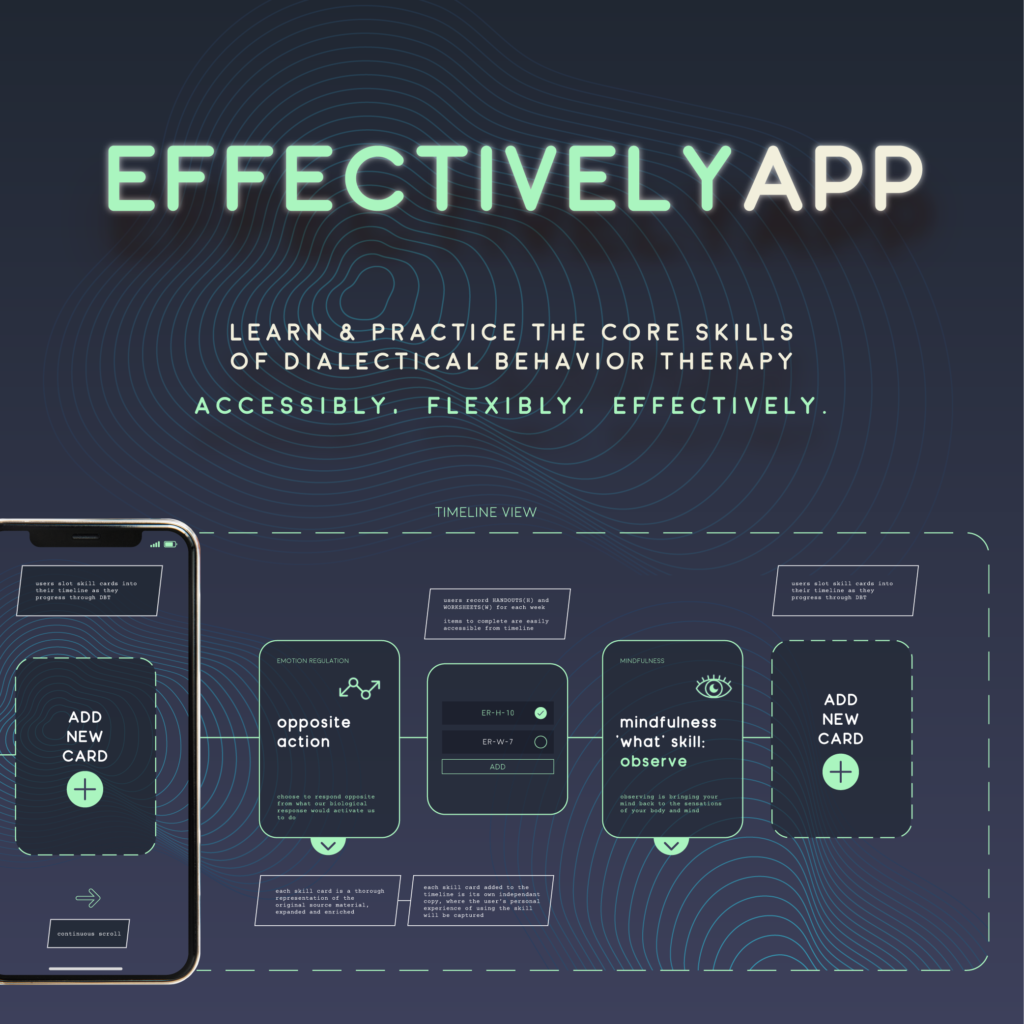
An early concept depicting the Timeline View of Effectively: The DBT App, where users may organize and complete digitized worksheets. Adobe Illustrator, 2023.
I encourage the deployment of the WAOC at the start of the life of an idea. If you feel so compelled, why not ride a wave of emotion and explode with determination and excitement about it? I think this WAOC really helped me solidify that my initial idea had value, which eventually led me into the next important phases of development: producing elements of research, strategy, scope and structure.
EXECUTING EFFECTIVELY
In the ongoing development of Effectively: The DBT App, a turning point arrived when I began to apply the scaffolding of established UX design and research methodologies to my initial act of emotionally-driven creation, much like therapy provided me with a guidebook of functional systems for problem-solving.
And much like the progression from the early days of HCI to the modern language of Human-Centered Design, the therapeutic scaffolding has evolved over time through mechanisms of research and development.
Effectively: The DBT App has been developed over a year and a half’s time; an accumulation of effort that I still feel confident is addresses an important opportunity for innovation.
The premise of sharing and soliciting widespread feedback has certainly inspired some automatic thinking in the voice of the impostor. However, my quest to tame its voice at precise points of origin, with repetition and practice over time using the scaffolding of therapy has led me to perceiving success in the accumulation of progress.
The process of developing a mobile experience solo is not something that can be compressed into a foreshortened timeline by the final day of class; especially given the scope of the undertaking.
As it turns out, cognitive restructuring and designing an app both take time and persistence.
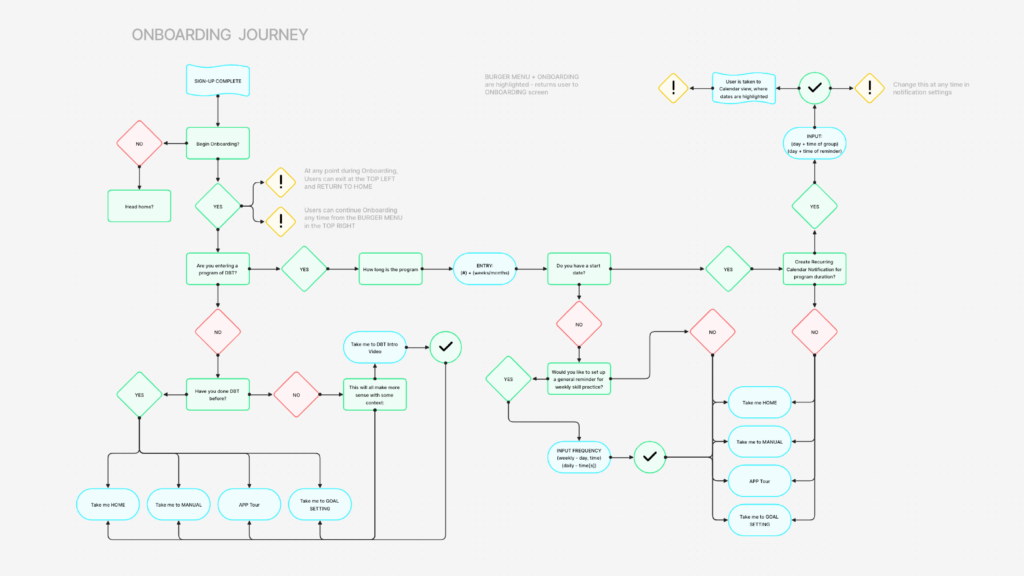
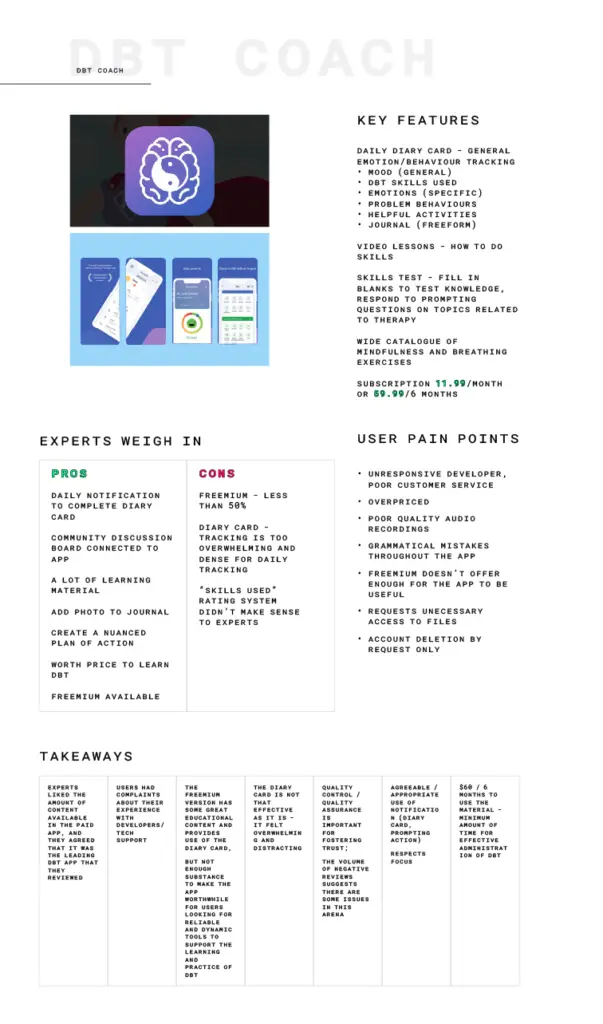
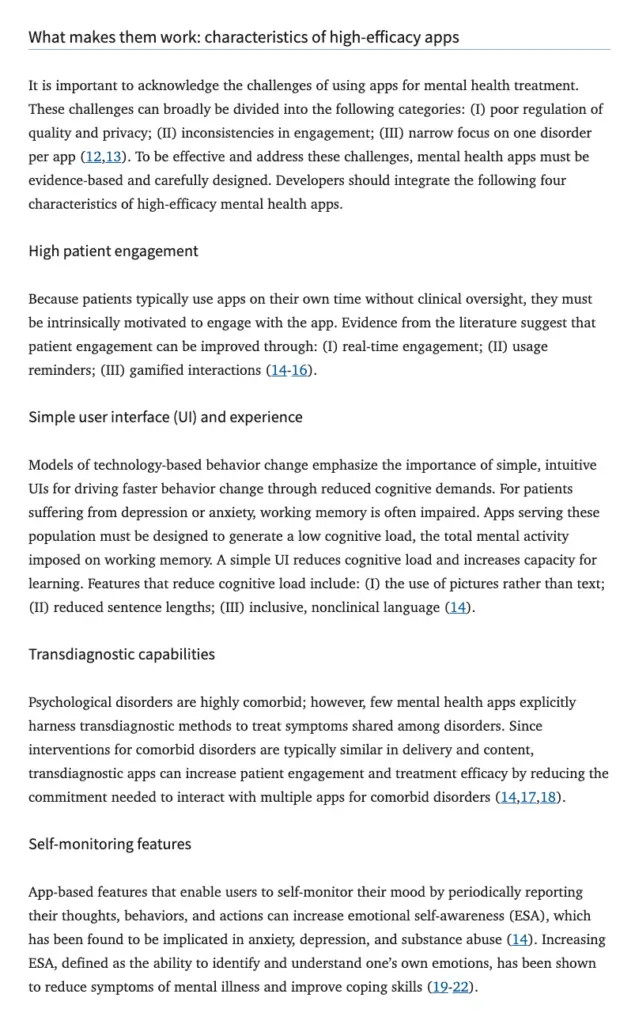
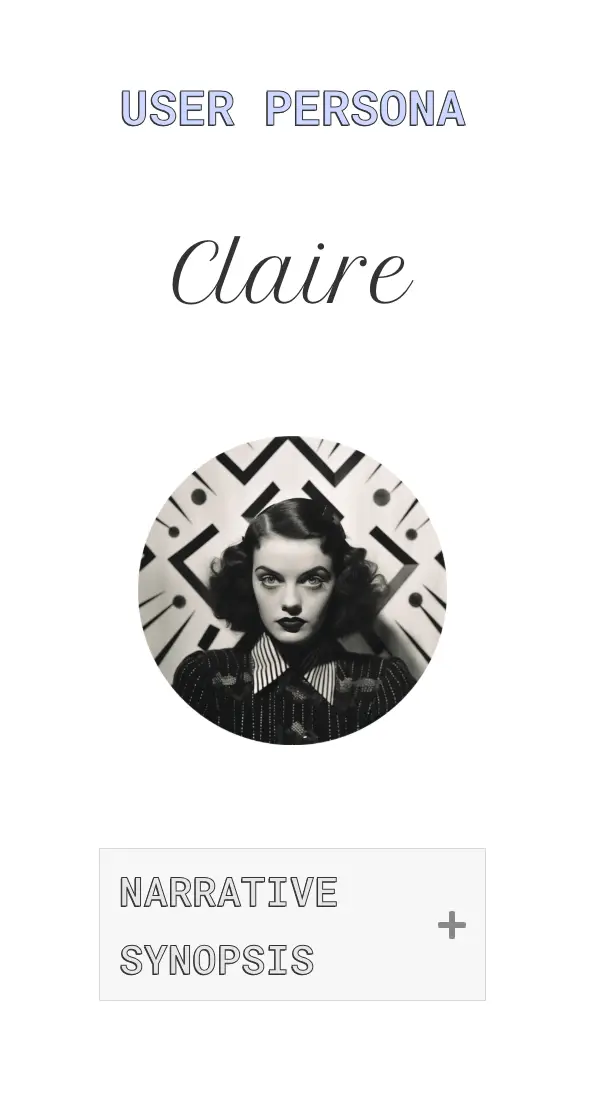
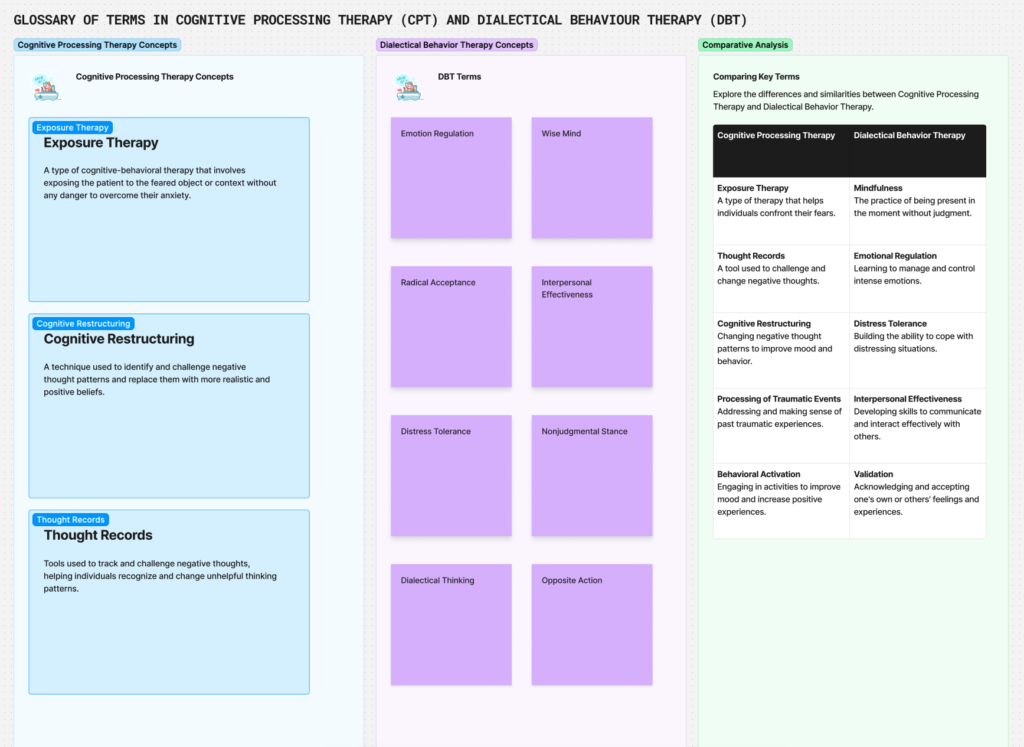
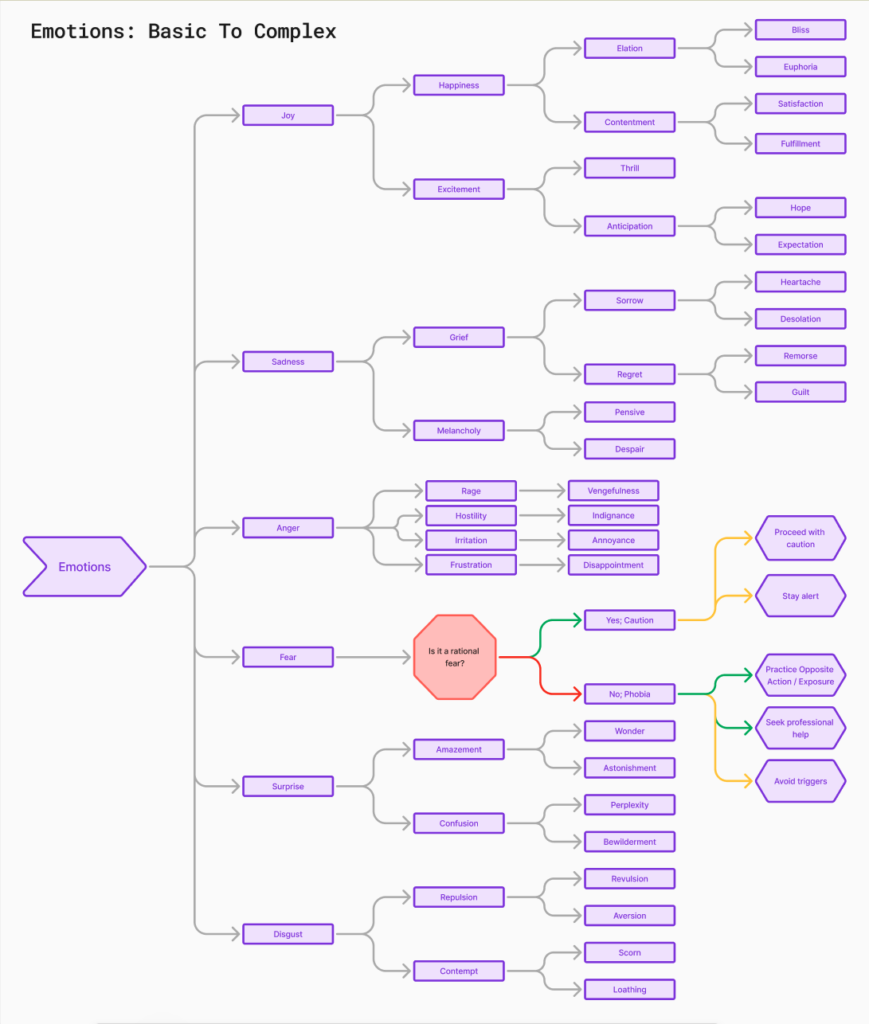
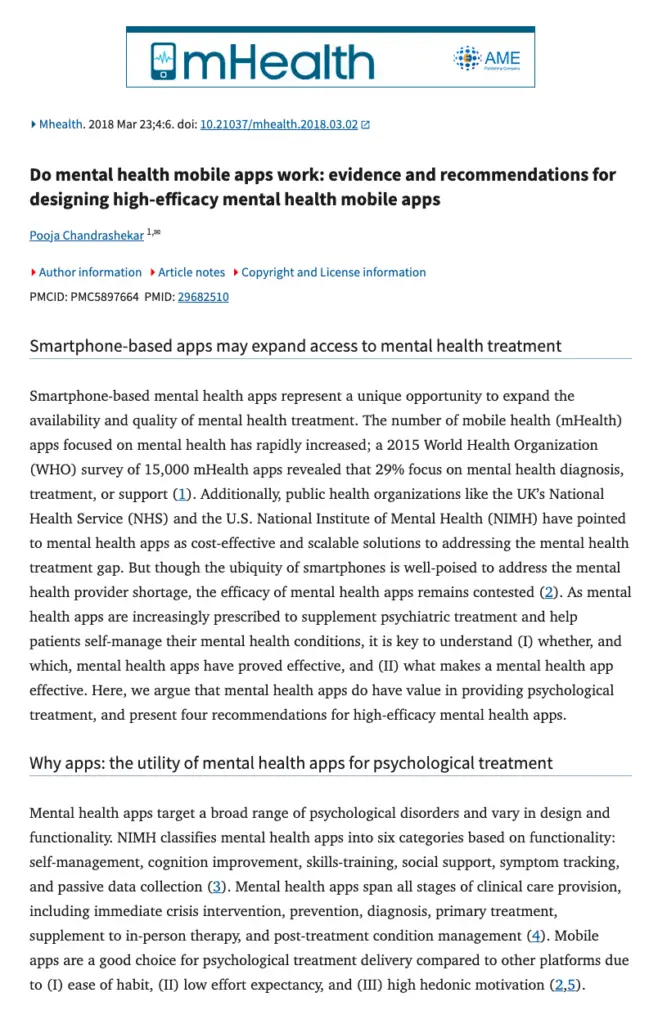
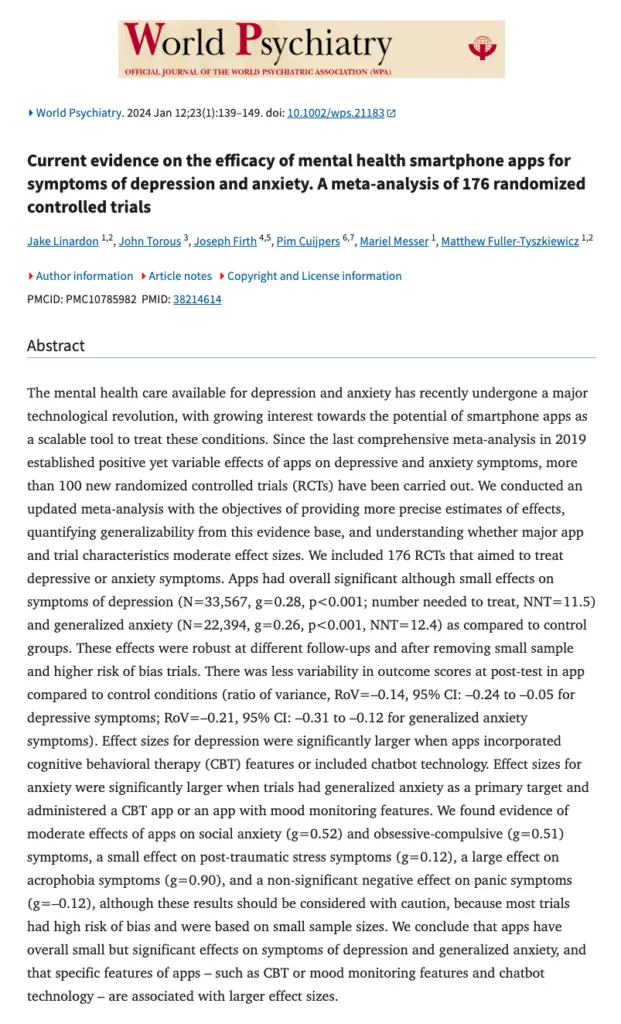
Examples of accumulated research and process-driven design behind Effectively: The DBT App.
Activities above include producing user flows, conducting usability reviews, creating credible user personas, conducting academic research on the topic of mobile mental healthcare, as well as producing flows and tables using generative A.I. in Figma
DREAMING OF OZ

"A Cacophonous Apparition appears above Oz & spills out onto the poppy fields". Generative Sequence produced in Midjourney and Pikalabs. Matthew Crans, 2024.
In the case of my recent experiments with generative A.I., the message has often insisted on the use of the medium. Early on in the development of this idea, I purchased a subscription to Midjourney. What came out of it is a surreal and magnificent journey into worlds I didn’t know were possible. The inner creative drive to see this idea materialize ended up tossing me into the lion’s den of generative A.I., the very source of my own futureshock.
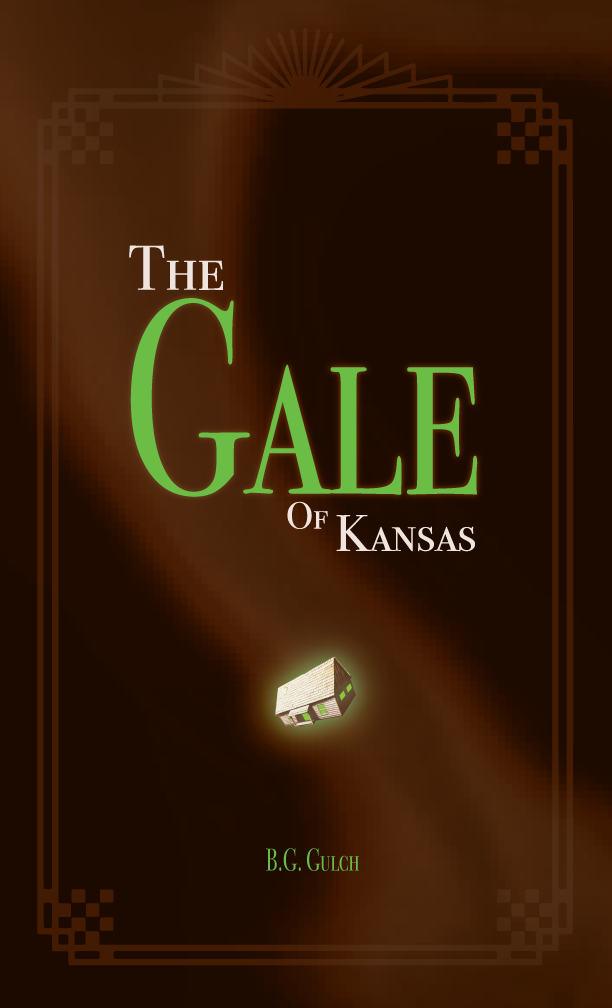
The first visual artefact created in the Expanding Oz project: the original cover of "The Gale of Kansas". Adobe Illustrator. Matthew Crans, 2023.
In these works, you’ll find vibrant, surreal imagery that honours the wildness and peculiarities which are possible to evoke using generative models. The works call back to the Belgian Surrealist painters of the 20th Century, led by the likes of René Magritte: the Belgian surrealists used contrast in size, silhouette, and thematic elements in order to invoke unexpected contexts.
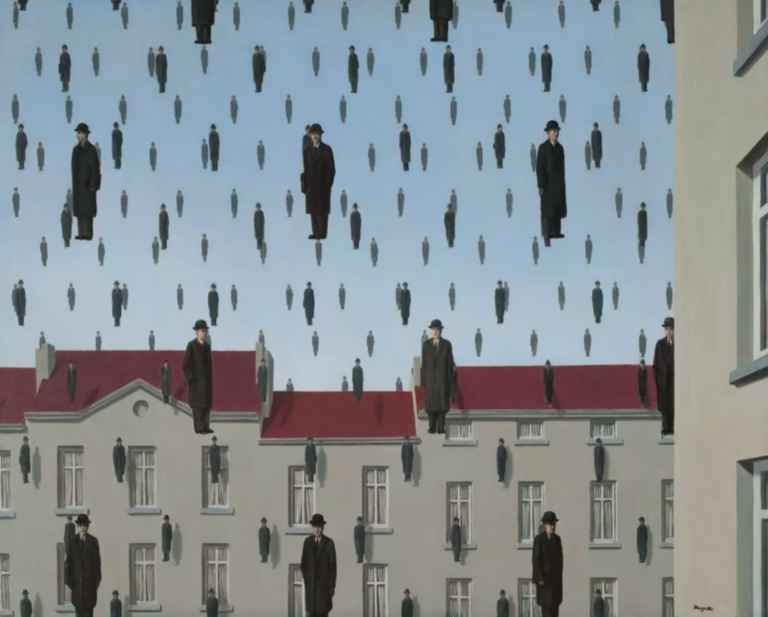
“Golconda”. Oil painting on Canvas. René Magritte.

“La Valse Hésitation (The Hesitation Waltz)”. Colour Lithograph on Cotton Rag Paper. Based on the 1950s oil painting of the same title. René Magritte.
Something looks remarkably familiar about these apples wearing masks in this modern copy produced by Phillip Moreno in 2004. It is produced from one of Magritte’s original lithograph plates created in the 1950s.
The Teenage Mutant Ninja Turtles franchise is a prime example of the formal use of juxtaposition in character design: four disconnected elements combine into a perceptible whole.
The concept of teenagers who were also mutants, ninjas and turtles didn’t exist in the cultural consciousness prior to the 1984 introduction and viral spread of the TMNT via comic books, toys, TV series and box-office films. The Ninja Turtles—named after important artists throughout history—are spliced together like different strands of DNA, reformed into new quadruple-helixes of meaning.
In my PCEs about the future of Oz, Dorothy Gale becomes physically transformed in the wormhole that returns her to Oz in old age.
Dorothy Gale, The Green Witch
Producing a non-human skin colour in Midjourney was surprisingly challenging.
Juxtaposition is a commonly employed formal element applied in editorial illustration and graphic design to connect ideas. Similarly in fantasy and science fiction, many of the creative ideas, characters and settings could be classed as examples of formal juxtaposition.
Consider the four juxtaposed elements present in the concept of the “Teenage Mutant Ninja Turtles”; as we discussed, it’s all in the name!



The initial successful juxtaposition is followed by a process of generating variations and tweaking the prompt until a more precise or desired outcome is achieved


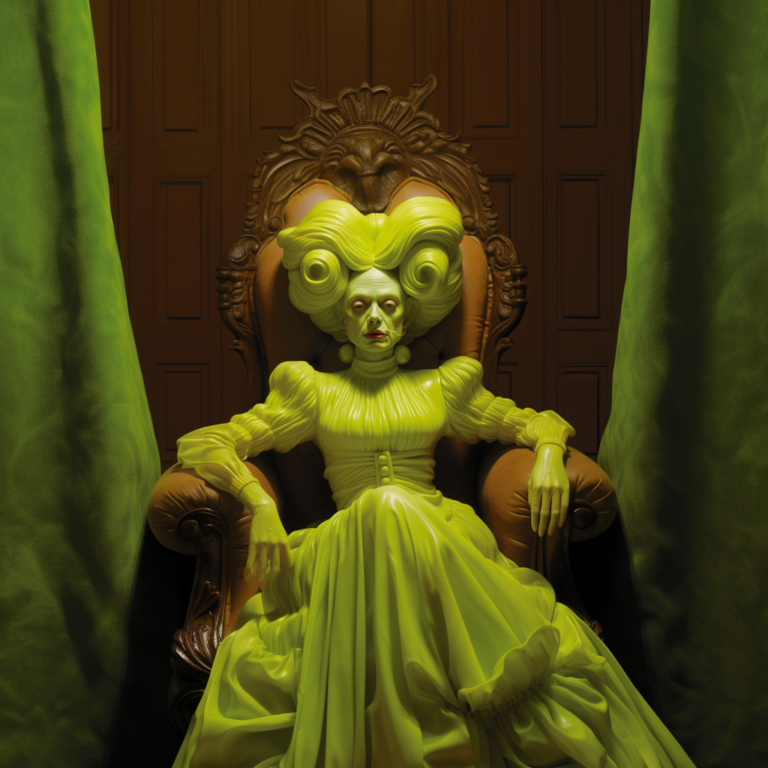
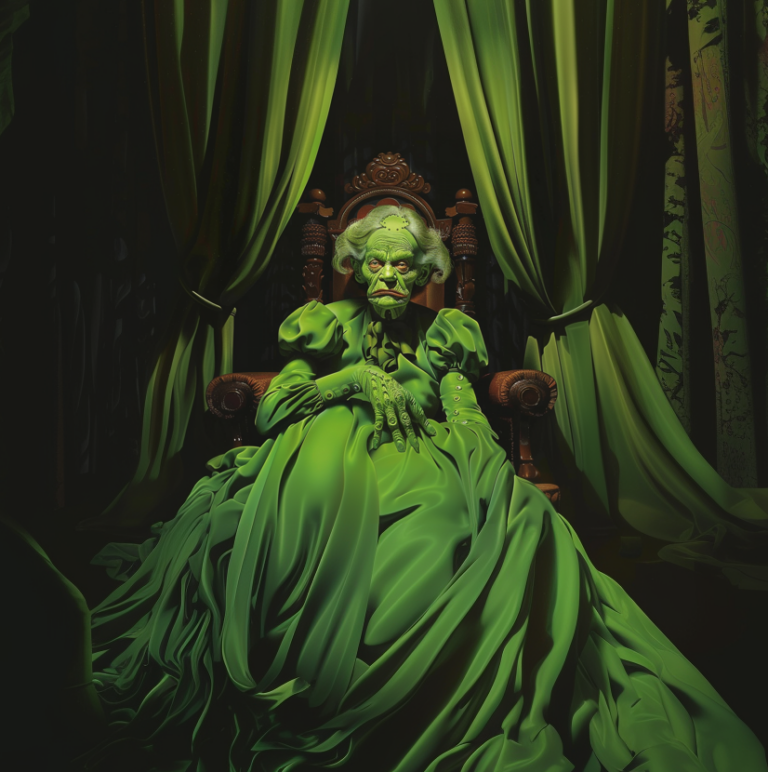
Unexpected Phantasmagoria
Juxtaposing the shape and movement quality of a jellyfish onto the premise of a cloud produced a series of phantasmagoria from some Art Basel of the future.
The prompts drew reference to pastoral oil painting from the 18th-20th centuries, as well as early colour photographs known as autochromes.








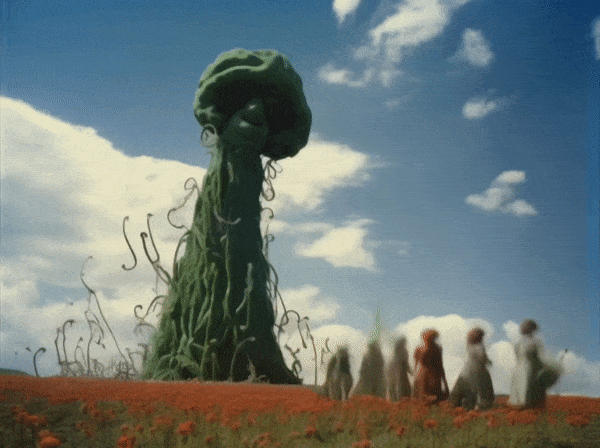
Through the production of various PCEs on the topic of Dorothy and Oz, I explore issues of identity through the lenses of class, gender, aging, and sexuality. I explore loneliness and mental illness, as well as law as a means of class separation and population control vs. law as a means of cultural resilience and stability. Through the bookends of Oz, I continue facing down other archetypal filters similar to that of the impostor.
What emotion might the perfectionist be communicating behind its obsessions? Could it be fear?
COMPUTER + PASSION = COMPASSION
I’ve developed a lot of necessary self-compassion over time by choosing to engage with therapy and PCE. I believe that this experience of developing self-compassion, as well as the systematic process of challenging my own earlier notions of failure, growth and success have laid serious yellow-brick-groundwork for successful vocational pursuit once again.
Through therapy and PCE, I’ve managed to confront the impostor and have developed a healthy discourse around creative expression:
I value my deepest need to creatively express myself by acting on that need;
It is a component of my identity that I value highly, but it is not the defining factor of my core self worth.
Developing a healthier and more balanced sense of core self worth involved challenging overwhelming thoughts about myself and my situation, stemming from maladaptive core beliefs. CPT asked me to challenge these nearly subconscious beliefs using a practical system of validation; DBT asked me to practice from a UX Guide for emotion regulation and interpersonal relationship management.
You matter and you belong.
You are good enough today to be deserving of the successes of tomorrow, simply by virtue of ‘being’, and by getting up to bat despite your innermost doubts about yourself and the world around you.
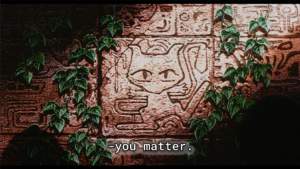
Screenshot of the ancient stone “Mew” Tablet from the Japanese animated film, Pokémon: The First Movie (1999).
The children's film explores issues of identity and origin, power and control, and the impostor through the science fiction trope of cloning. It explores themes of free will and destiny.
BREAKING OUT OF THE BINARY
Like complex global problems, the composite vignettes of experience that define our individual lives can rarely be summarized using neat binary categories or black-and-white explanations.
Many people currently face issues of accessibility that are so profound, and so alienating, that those issues of access threaten to progressively strip away their opportunities for participation in meaningful life experiences.
At any moment, another unexpected boulder like the Covid-19 pandemic could tumble into the stream of the global consciousness, redirecting its flow. We can use techniques like planning, modeling, testing and foresight to observe if any boulders are on their way down already or at risk of falling, or to predict what might happen if they do fall. Consider the current tracking of large space rocks with potential for impact with planet Earth.
No matter how much predictive strategy we deploy, there will always remain the possibility of the unknown, the unanticipated or the under-anticipated. This is when effective UX design prevails again in the form of the iterative design process.
Humans recognize and prefer patterns.
This is a foundational UX principle that was applied at Microsoft in the early days of HCI to develop the file-folder system we still use today.
There is a UX-informed approach to providing users with choice, and binary choices appear often in common interactions with designed experiences: yes or no?
A/B testing takes advantage of the binary when gathering data: which one is better or preferred between Option A and Option B? This testing can help us make decisive choices about the growth of a product or experience, but it’s only one approach in the intricate diagram of a designed experience.
Imagine what it could look like to lay out all of the components of a designed experience; its research and architecture; its strategy and testing; its visual design components; named contributors and what they contributed; a visual record of all communications; all previous iterations; gantt charts and trellos; brainstorming and future development plans. Imagine this diagram in four dimensions, where the progress of each component is visualized spatially over time.
The entirety of this structure forms a vast organism involving multiple forms of social and interactive processes, and the ongoing process of structured validation on the journey to designing an experience.
The range of human experiences we bear witness to is far more complex and nuanced than what the impostor’s logic or black-and-white thinking can describe with valid accuracy. Our cumulative experiences are best described in layers of nuance rather than in the binary, especially if there is binary thinking present that is degrading our ability to see the value in our own experiences and our worth as individuals in the first place.
